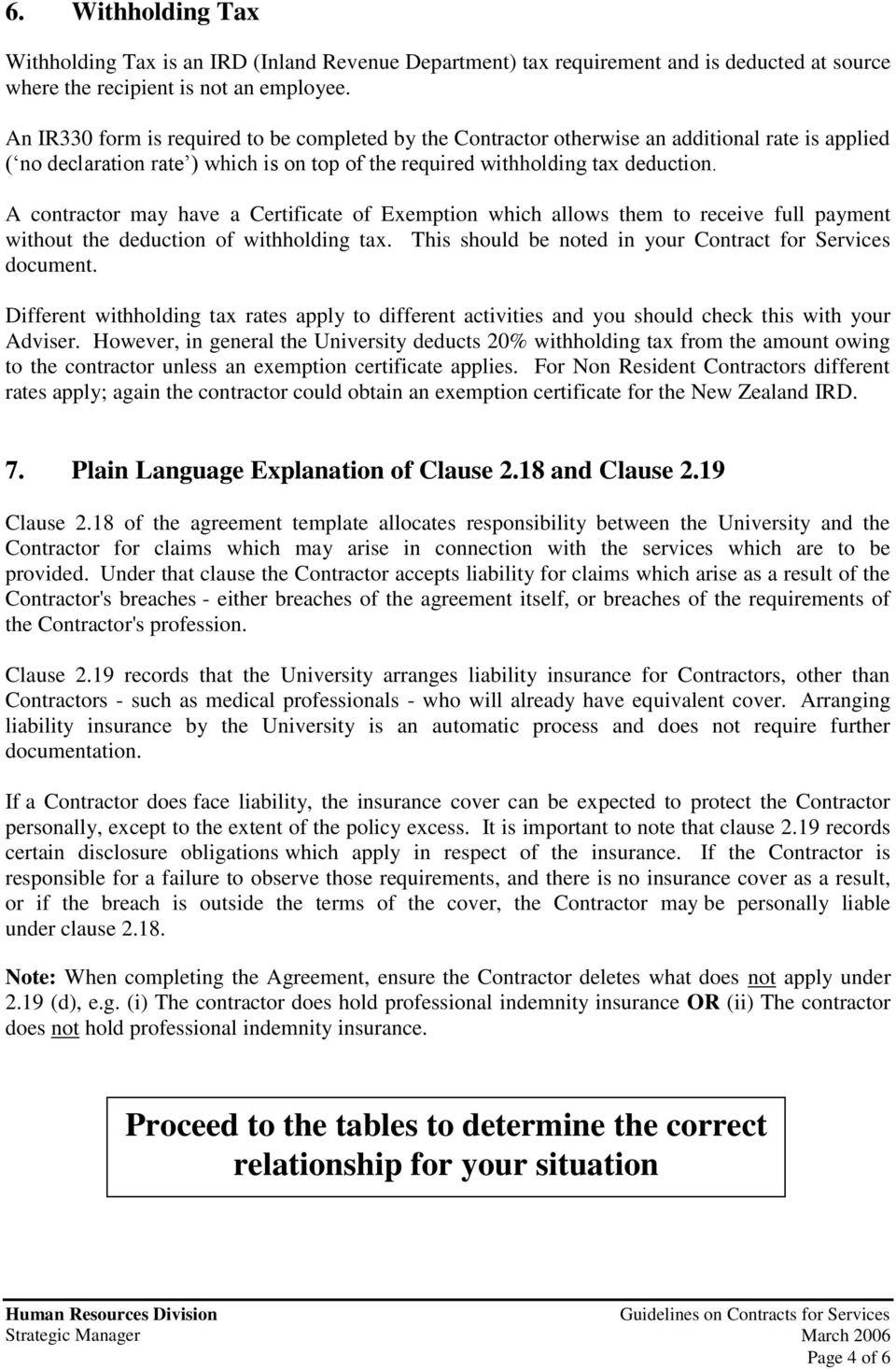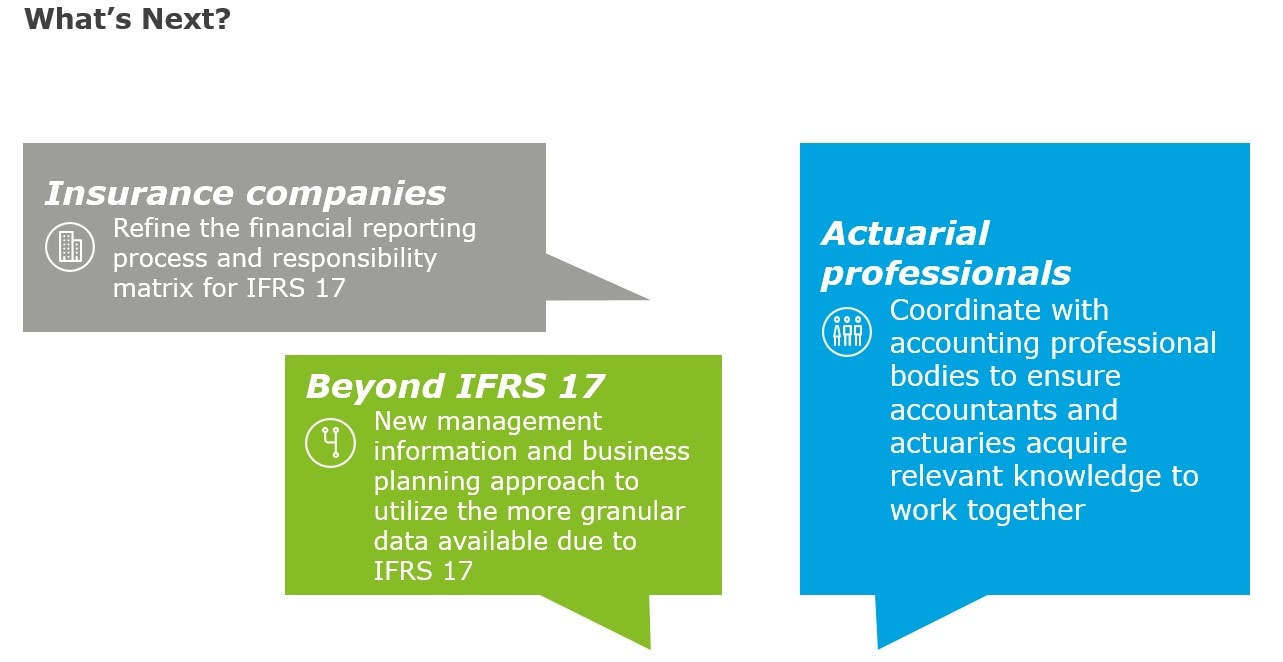
There are many types of financial statements. You might have heard about the Income statement and Balance sheet. Each one of these financial statements contains useful information, but they do not all have the same value. It is how each one is used that makes the difference. Let's explore the different types statements and their use to help us understand our business. All three provide valuable information that will help you make better decisions.
Income statement
An income (or balance), sheet is one of four types of financial statements. It records the flow of funds into and out of the company. Another type, the consolidated balance sheet, details the company's assets, liabilities, and stockholders' equity, which represents the book value of the shares of stock held by shareholders. Investors and creditors can better understand and predict the company's future performance by using these three types of financial statements.
Also included in an income statement are expenses. These expenses include costs related to providing goods or services. The cost-of-goods sold (COGS), represents the cost for materials and labor. General administrative costs are not related to production but are necessary to the organization. The income statement also includes amortization and depreciation costs. The net income (also known as net profit) is the sum of all these expenses and represents the company’s profits or losses.
Balance sheet
The company's balance sheet is its basic financial statement. The balance sheet gives investors an overview of the company's assets as well as its liabilities. A company's cash position is considered an asset. Cash is not the only liquid asset a company has. Other liquid assets include inventory and accounts receivable. The balance sheet may not include intangible assets such as inventory or equipment.
The balance sheet is one of the most fundamental financial statements and should be the first to be reviewed. This document shows the value of an organization's assets and liabilities. The expected turnover is the basis for listing assets. Following liabilities, current assets are listed first. Then, fixed assets, such as a building, are listed. These assets are subtracted from the total amount for current assets. After that, the two-part division is done: current and longer-term. When analysing the company's assets, liabilities and other financial information, it is important that you understand the differences.
Statement of equity change

The Statement of Change in Equity in the financial statements is a section that reconciles both the closing and the opening balance sheets. The statement also explains the relationship between the income statement and balance sheet. It includes all transactions not recognized in an income statement. Here are the steps to prepare the Statement of Change in Equity. Ensure that all balances match and are accurate.
The statement showing equity change over time shows how equity of owners has changed. It also shows equity changes due to bonus payments, new monetary investment, holder withdrawals, or revisions in fixed asset values. The Statement of Change in Equity is intended to show the connections between the income statement and balance sheet, which can help investors and stockholders make informed decisions.
Notes to financial statement
The notes accompanying financial statements cannot be considered complete. The notes provide additional details not found in the financial statements such as revenue and payment terms. The notes are prepared on an "going concern" basis. This means that the company is expected to continue to operate and to be able to pay its liabilities. Other details such as risks to the company may be included in the notes. You may also find information about possible future vulnerabilities in the notes.

The notes to financial statement are crucial for assessing the company's financial situation. Intangible assets, also known as trademarks or patents, are assets that do not exist in a tangible form. These notes provide information on how the financial statements were combined. This consolidation is done to verify the financial statements of all the subsidiaries in a company. Footnotes describe how consolidation was done. This makes it easier to see the financial performance of a company.
FAQ
What does it mean to reconcile accounts?
Reconciliation is the process of comparing two sets numbers. The "source" set is known as the "reconciliation," while the other is the "reconciled".
The source consists of actual figures, while the reconciled represents the figure that should be used.
If someone owes $100 but you receive only $50, this would be reconciled by subtracting $50 from $100.
This ensures that the accounting system is error-free.
What type of training is required to become a Bookkeeper?
Bookkeepers must have basic math skills such as addition, subtract, multiplication and division, fractions or percentages, and simple algebra.
They also need to know how to use a computer.
A majority of bookkeepers hold a high school diploma. Some have college degrees.
What is an Audit?
An audit is a review or examination of financial statements. Auditors examine the financial statements of a company to verify that they are correct.
Auditors are looking for discrepancies among what was reported and actually occurred.
They also verify that the financial statements of the company are correct.
What is the best way to keep books?
You'll need to have a few basic items in order to start keeping books. These items include a notebook and pencils, calculator, staplers, envelopes, stamps and a filing drawer or desk drawer.
What is an accountant and why are they so important?
An accountant keeps track and records all the money you spend and earn. An accountant also records how much tax you have to pay and the deductions that are allowed.
An accountant helps manage your finances by keeping track of your income and expenses.
They are responsible for preparing financial reports that can be used by individuals or businesses.
Accounting professionals are required because they need to be able to understand all aspects of the numbers.
Accounting also assists people in filing taxes and ensuring that they pay as little as possible tax.
What should I expect when hiring an accountant?
Ask questions about the qualifications and experience of an accountant when you are looking to hire them.
You need someone who is experienced in this type of work and can explain the steps.
Ask them if you could benefit from their special skills and knowledge.
Make sure that they are well-respected in the local community.
What is bookkeeping?
Bookkeeping refers to the process of keeping financial records for individuals, companies, or organizations. It includes all business expenses and income.
Bookkeepers maintain financial records such as receipts. They also prepare tax returns and other reports.
Statistics
- In fact, a TD Bank survey polled over 500 U.S. small business owners discovered that bookkeeping is their most hated, with the next most hated task falling a whopping 24% behind. (kpmgspark.com)
- Given that over 40% of people in this career field have earned a bachelor's degree, we're listing a bachelor's degree in accounting as step one so you can be competitive in the job market. (yourfreecareertest.com)
- Given that over 40% of people in this career field have earned a bachelor's degree, we're listing a bachelor's degree in accounting as step one so you can be competitive in the job market. (yourfreecareertest.com)
- The U.S. Bureau of Labor Statistics (BLS) projects an additional 96,000 positions for accountants and auditors between 2020 and 2030, representing job growth of 7%. (onlinemasters.ohio.edu)
- Employment of accountants and auditors is projected to grow four percent through 2029, according to the BLS—a rate of growth that is about average for all occupations nationwide.1 (rasmussen.edu)
External Links
How To
Accounting: The Best Way
Accounting is a set of processes and procedures that allow businesses to track and record transactions accurately. Accounting involves recording income and expense, keeping track sales revenue and expenditures and preparing financial statements.
This includes reporting financial results to investors, shareholders, lenders, customers, and other stakeholders.
Accounting can be done in many different ways. Some of these are:
-
Manually creating spreadsheets
-
Excel can be used.
-
Handwriting notes on paper.
-
Using computerized accounting systems.
-
Use online accounting services.
There are many ways to do accounting. Each method comes with its own set of advantages and disadvantages. The type of business you have and the needs of your company will determine which method you choose. Before you make a decision, be sure to consider the pros as well as the cons.
Accounting can not only be more efficient, but there may also be other reasons to use it. Good books can prove your work if you are self-employed. Simple accounting may be best for small businesses that don't have a lot of money. Complex accounting is better if your company generates large cash flows.